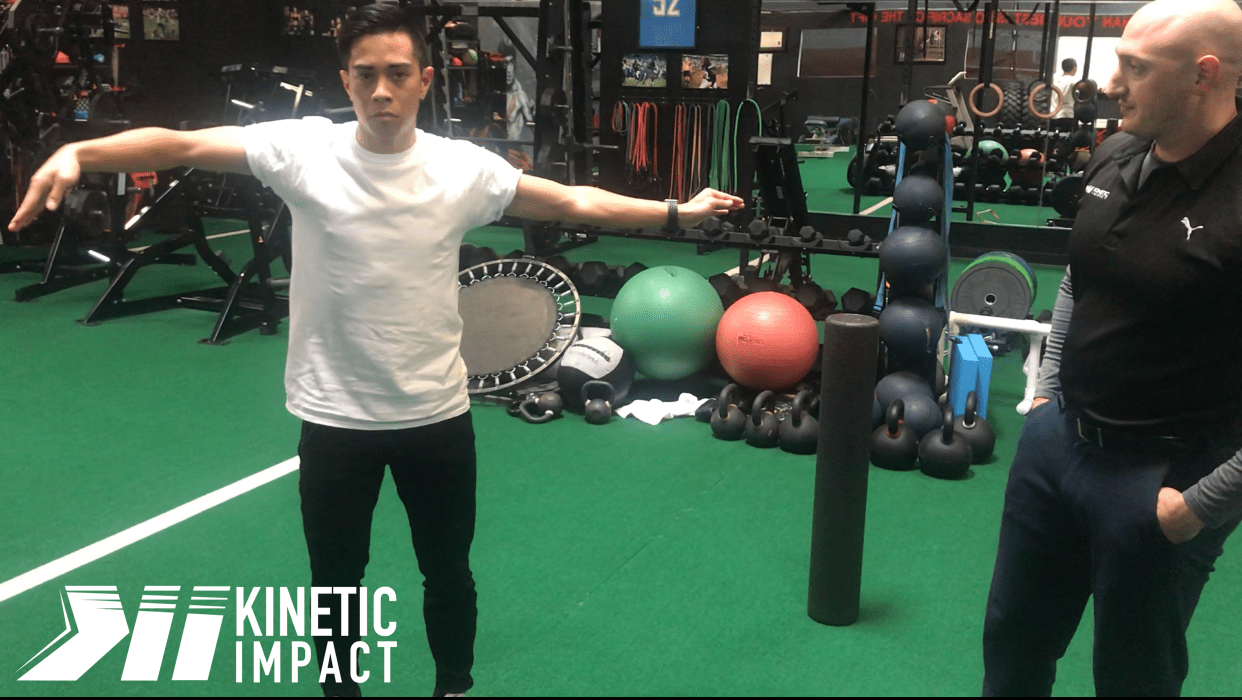BLOG
“Are Dancers Athletes?”
September 3, 2019
Dr. Donald Mull, DC

“Are Dancers Athletes?”
The simple answer to this question is F#$k yes they are! And for any dance athletes reading this you need to see yourself this way as well.

It’s important you start embracing your inner athlete and realize how cross training, and therapeutic modalities may help prevent injury, increase performance, improve recovery, and add longevity to your career. It’s also equally important to seek out help and address any nagging discomforts in your body before they grow into bigger problems.

A smart man once told me the best ability is availability. Carrying yourself like an athlete will in turn make other professionals treat you like an athlete. You deserve a spot at the table with football, baseball, and basketball players.
I personally don’t have a dance background. The closest I have ever been to performing was at wedding after several tequila shots and if people stopped to watch it wasn’t because I missed my calling.
My purpose is to keep people doing what they love doing for as long as possible. My passion for helping people has afforded me the opportunity to work with all kinds of athletes.
I have seen the dedication and physical demands it takes to play soccer, baseball, football, basketball, volleyball, rugby and a wide array of martial arts at a high level. From what I have witnessed, those who dedicate themselves to hip hop work just as hard.

My colleague Dr. Donald Mull, DC and I have had the privilege of working with Keone and Mari Madrid on project called Beyond Babel, immersive story told through modern hip-hop style dance. The show has a cast of 12-15 dancers of which we are responsible for their health, recovery and well-being. Besides being an amazing story with a powerful timely message about the potential tragedies that occur when polarizing bipartisanship tears into fabric of a society and splits its people apart (you just need to see the show) the choreography was extremely physically taxing.
My colleague Dr. Donald Mull and I witnessed the totality of the demands that these athletes went through and the effects it had on their bodies week by week. I would like to mention a key component of Keone and Mari’s resilience was the strength training work they did with Nghia Pham owner of Optimum Training and Performance. (A solid strength and conditioning program should to be the meat and potatoes for your injury prevention.)
We were tasked with finding ways to keep them ready and available to perform. They had 75 performances, the show ran 5-6 performances a week twice on the weekend, every show was 1 hour and 40 minutes long, with each person performing at least 80% of the time. This does not include practice time, as new choreography pieces were added as the show evolved.
The high physical demand of this environment requires, muscular endurance, agility, fast changes of directions with many tempo changes. This means that the dance athlete needs excellent core strength and hip control to create and reduce force efficiently at abnormal angles to help prevent injury. With all of this in mind, let’s take a look at some different exercises that will help dancers prime their body for their sport.
Exercises
Posterior Chain:
Exercises for Posterior chain (back of legs and booty strength) will help with anterior knee sheer (knee pain) as many dance moves appear to be quad dominant.
Core:
Body control is extremely important; this is where anti-movement based core exercises will aid the dance athlete. (Learn more from our Train for Stability blog).
"Multi-planar Training"
Lastly because of the dynamic nature of dance is multi-planar (exercises that move you side to side and rotationally not just backwards and forwards) an exercise strategy in conjunction with single leg strength should be included in a well rounded dance "prehab" and training program.
Hip Hop dancers are unquestionable athletes and would benefit greatly from strength and conditioning as well as therapeutic and recovery modalities. With that said there is still no substitute for becoming a better dancer (skill acquisition) than dance itself.
Dance athletes are susceptible to the same injuries that befall many other sports, so it makes sense that dance athletes will benefit from applying strategies to help prevent injuries and increase performance.
If you would like to learn more about how you can continue to dance AND feel better along the way shoot us a call, write us an email, or book your appointment.
- This guide will teach you how you can take your first steps toward living and maintaining an active pain FREE lifestyle WITHOUT low back pain!
Related Posts
Can I Exercise with Low Back Pain?
If I was forced to answer this simply, a Stone Cold Steve Austin “Can I get a Hell Yeah?” would swiftly follow. Since we are ...
Read more
Foods to Avoid When in Pain
We often forget all of the factors that can influence pain. The easiest thing to do is to blame the last activity we have don...
Read more
If Exercise is Painful, Should I Stop?
Many people (especially when recovering from an injury or in pain) believe that if they have pain during an exercise, it is d...
Read more
Search the Blog